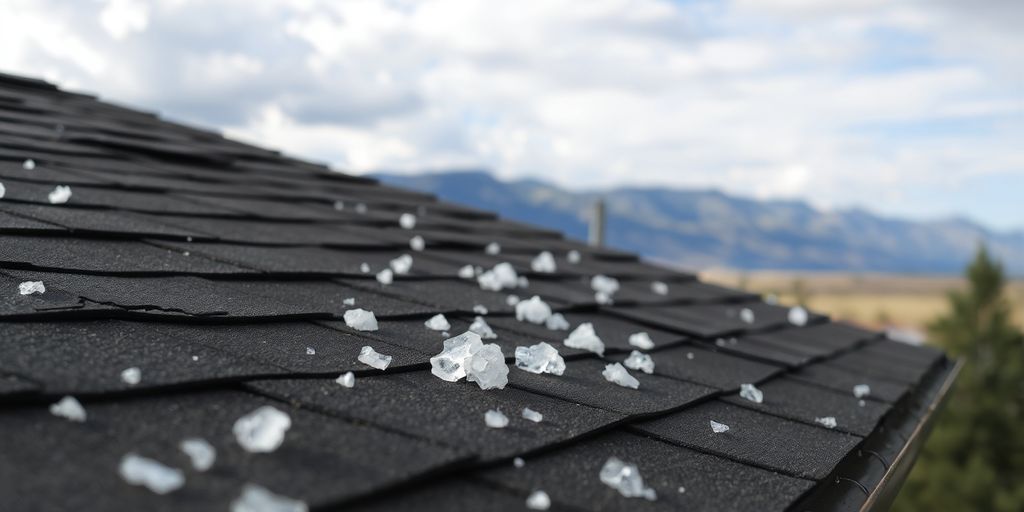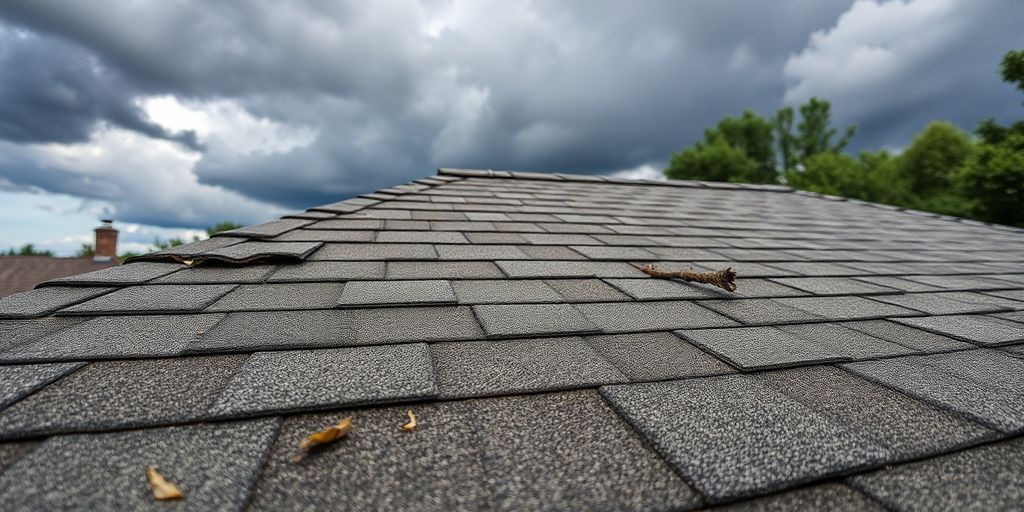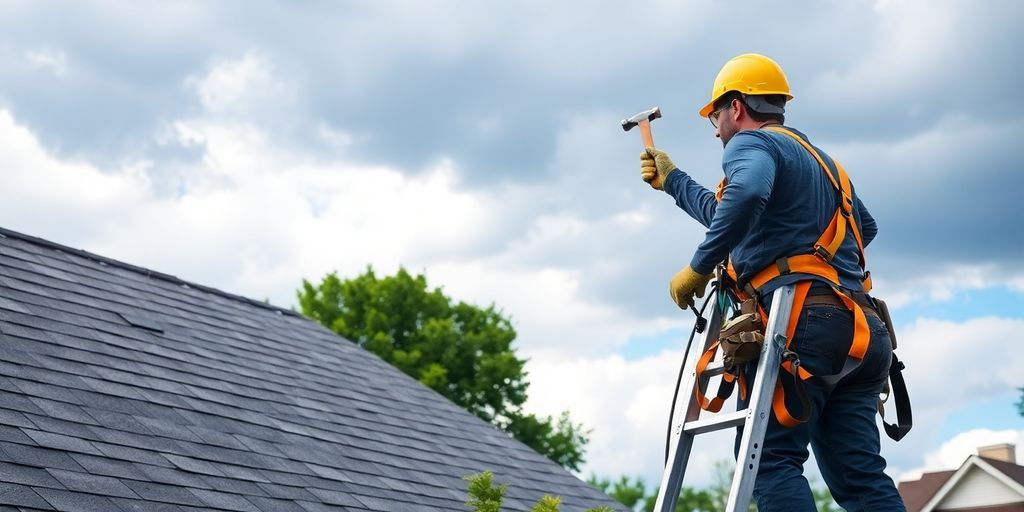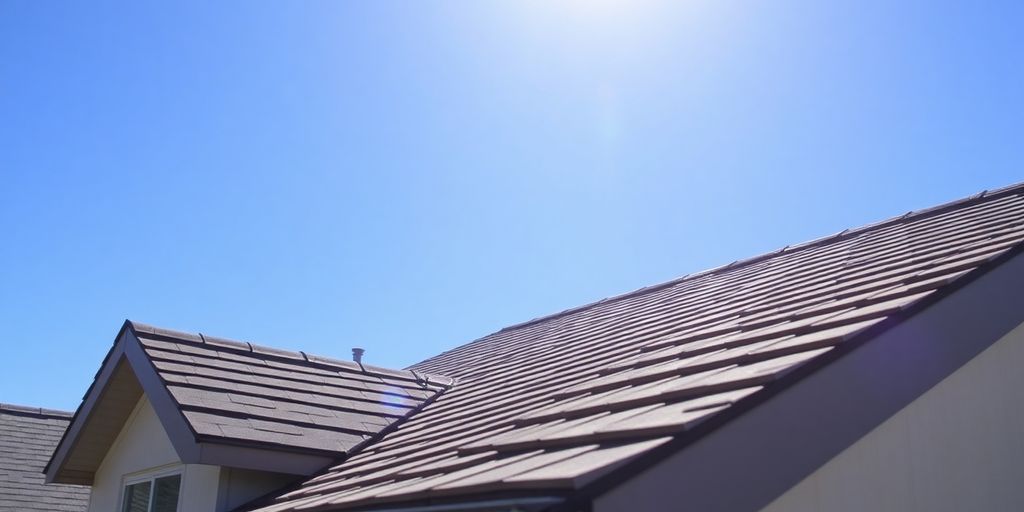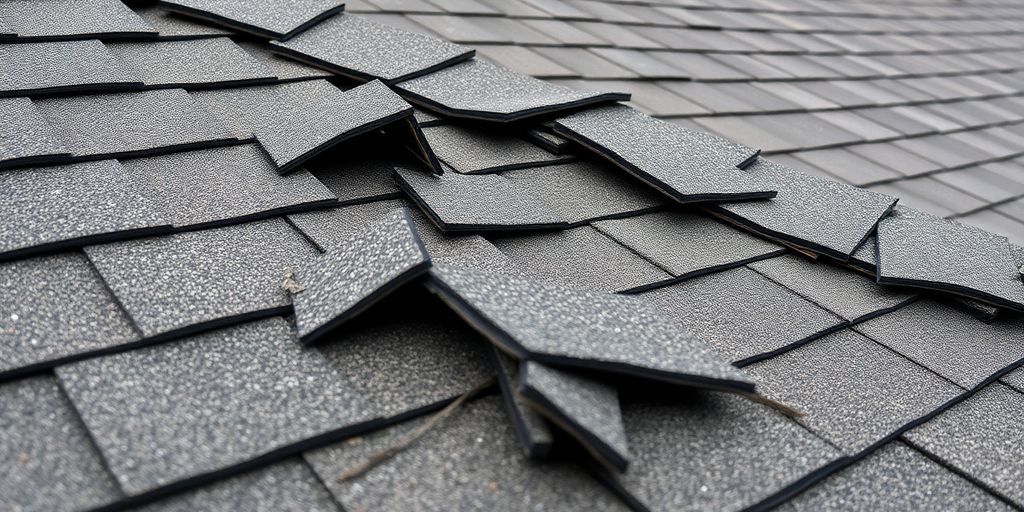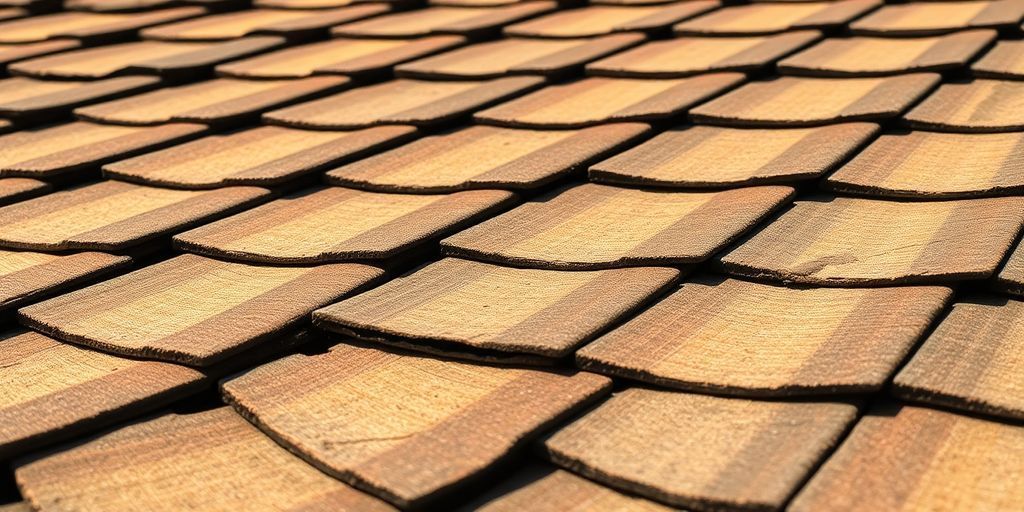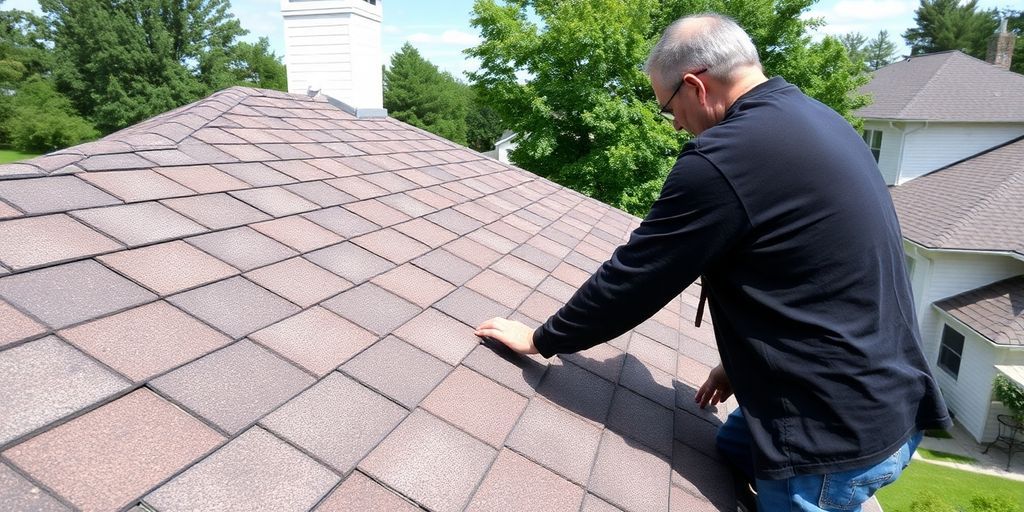Essential Roof Inspection Checklist for Homeowners
As homeowners, we often forget about the roof over our heads until a problem arises. Regular checks can save us a lot of trouble and money down the line. This guide will walk you through what to look for, making your next roof inspection less of a mystery. Think of it as a basic roof installation checklist to keep things in good shape.
Key Takeaways
- Inspect shingles for damage and granule loss, which can indicate wear and tear.
- Check flashing around chimneys, vents, and skylights for any signs of rust or damage.
- Look inside the attic for water stains or damp spots, and check that ventilation is clear.
Exterior Roof Examination
When we look at our homes from the outside, the roof is a big part of what we see. It's not just about how it looks, though. The roof is our first line of defense against the weather. We should take a good look at it regularly to catch small problems before they turn into big, expensive ones. This means getting up there, or at least having a good view, to see what's really going on.
Shingle Condition And Granule Loss
Shingles are like the scales on a fish, protecting what's underneath. Over time, they can get worn out. We need to check for signs of wear and tear. Look for shingles that are curling up at the edges, or maybe they're cracked. Sometimes, they might look like they're lifting up in spots. Another thing to watch for is granule loss. You know those little gritty bits that make up the shingle's surface? When they start to wash away, you might see them collecting in your gutters or downspouts. A little bit of granule loss is normal, especially on older roofs, but a lot of it means the shingles are losing their ability to protect your home from the sun's rays and rain.
Here's a quick way to think about shingle health:
- Good Condition: Shingles lie flat, have a consistent color, and no visible cracks or curling.
- Fair Condition: Some minor curling or a few bald spots where granules are missing. Gutters might have a small amount of grit.
- Poor Condition: Many cracked, curled, or missing shingles. Significant granule loss is visible in gutters. This is when we should really start thinking about repairs or replacement.
Flashing Integrity Around Penetrations
Think about all the things that poke through your roof: vents for the kitchen and bathroom, the chimney, skylights. These spots are weak points. That's where flashing comes in. Flashing is usually made of metal and is installed around these openings to direct water away. We need to make sure this flashing is still doing its job. Look for any signs of rust or corrosion on the metal. Is it bent, loose, or pulling away from the roof surface? Sometimes, the sealant around the flashing can dry out and crack, creating gaps where water can sneak in. Any damage here is a red flag for potential leaks.
We should pay close attention to the areas where the roof meets a wall, like around a chimney. These transitions are often tricky and require careful flashing installation to prevent water intrusion. If we see any gaps or damage, it's best to get it looked at right away.
We can check the condition of the flashing by looking for:
- Loose or lifted flashing sections.
- Cracked, dried, or missing sealant.
- Rust or corrosion on metal flashing.
- Debris trapped under the flashing that could prevent water runoff.
Attic And Interior Signs
While the outside of your roof gets most of the attention, we often forget that the inside can tell us a lot about its condition. Checking your attic and looking for signs inside your home are just as important. It's where problems can start small and grow without us noticing until it's too late.
Water Stains And Leaks
This is probably the most obvious sign that something is wrong. We're talking about those tell-tale brown or yellowish stains on your ceiling or walls. They usually appear after it rains, and they can be a sign of a leak in the roof. Don't just paint over them; that's like putting a band-aid on a broken bone. You need to find the source of the leak. Sometimes, you might see actual drips, which is a more urgent situation. We should also look for any signs of mildew or mold growth around these stains, as that indicates moisture has been present for a while.
Ventilation And Insulation Check
Your attic needs to breathe, and that's where ventilation comes in. Poor ventilation can trap heat and moisture, which isn't good for your roof or your home's energy efficiency. We should check if the vents are clear and not blocked by insulation or debris. Speaking of insulation, we need to make sure it's evenly distributed and not wet or compressed. Wet insulation loses its ability to keep your home warm in the winter and cool in the summer, and it can also lead to rot.
Here's a quick rundown of what to look for:
- Blocked vents: Check soffit vents, ridge vents, and gable vents for obstructions.
- Moisture: Look for condensation on rafters or sheathing.
- Insulation condition: Is it damp, matted down, or uneven?
- Air leaks: Seal any gaps around light fixtures, plumbing vents, or chimneys.
Sometimes, the smallest issues in the attic can point to bigger problems with the roof itself. It's easy to overlook this space, but it really is a window into your home's overall health. Paying attention to these interior signs can save us a lot of headaches and money down the road.
We should also be mindful of the temperature in the attic. If it feels unusually hot in the summer or cold in the winter, it might be a sign that your insulation isn't doing its job or that there's a ventilation problem. Addressing these attic issues promptly can prevent more serious damage to your roof structure.
Wrapping Up Your Roof Check
So, we've gone through the main things to look at when checking your roof. Doing this regularly can really help spot small problems before they turn into big, expensive ones. Think of it like a quick check-up for your house's hat. If you find anything that looks off, don't hesitate to call in a professional. They've got the right tools and know-how to fix it up right. Keeping an eye on your roof is just good homeownership, plain and simple. It saves you headaches and money down the road.
Frequently Asked Questions
How often should we get our roof checked?
We recommend having your roof inspected at least once a year. It's also a good idea to check after major storms or if you notice any unusual signs, like missing shingles or leaks inside your home.
What are the most common roof problems we might find?
Some common issues we look for include cracked or missing shingles, signs of wear like granule loss (where the tiny rocks on shingles wash away), and problems with the metal pieces around chimneys or vents called flashing. Inside, we're always on the lookout for water stains on the ceiling or walls, which can signal a leak.
Can we do some of the inspection ourselves, or do we always need a professional?
While we encourage homeowners to be aware of their roof's condition and look for obvious issues from the ground, a thorough inspection, especially of the attic and the roof's structure, is best left to trained professionals. We have the tools and experience to spot problems you might miss.
Recent Posts

